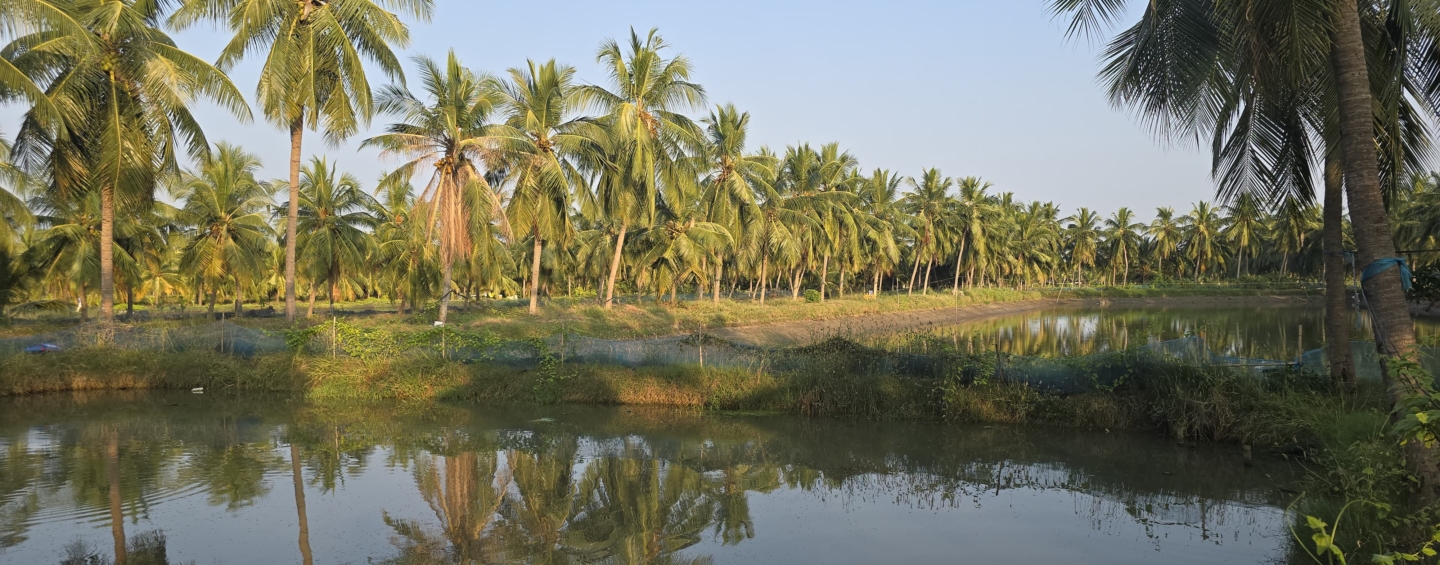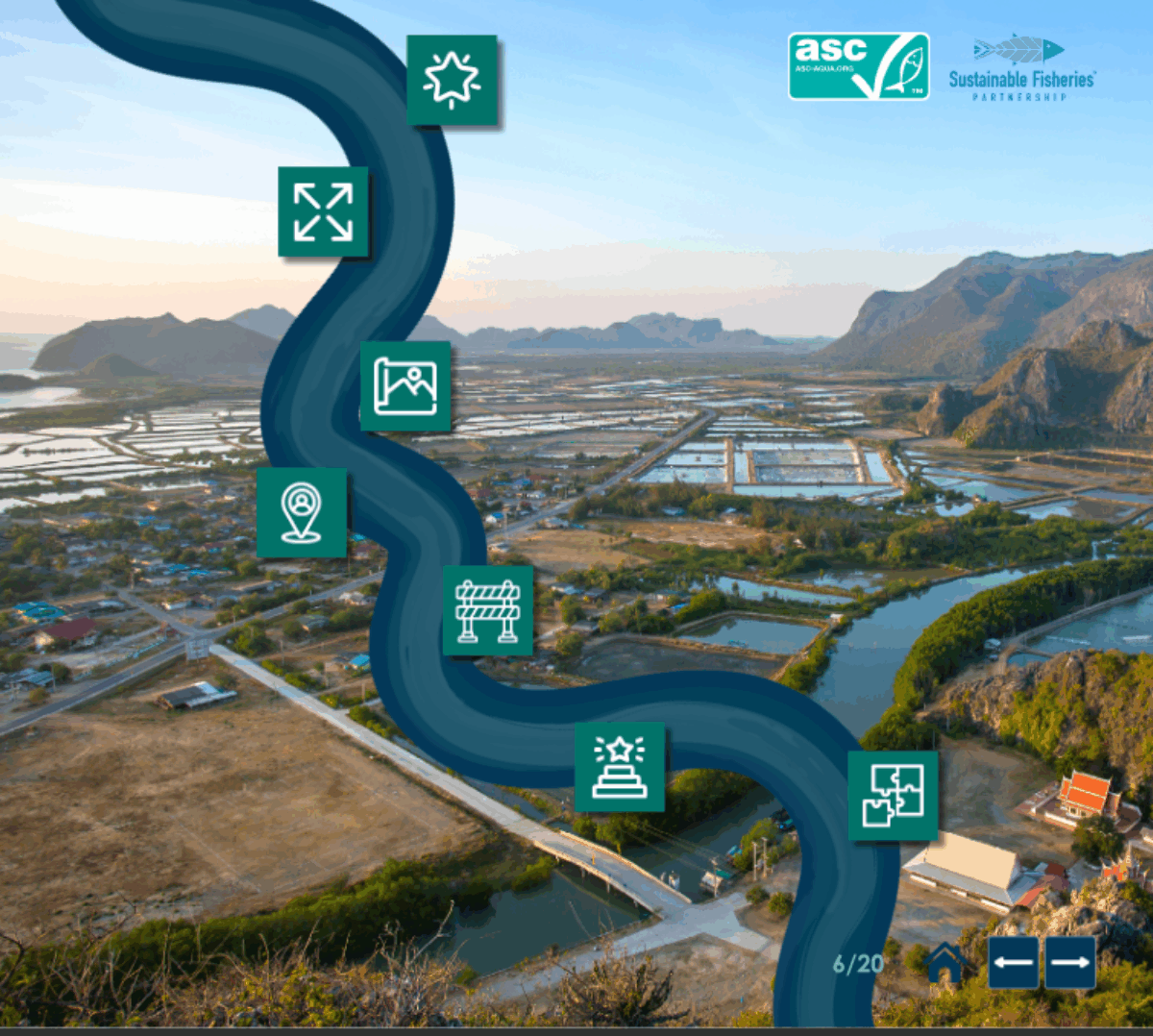In recent blogs, I’ve shared how ASC and SFP’s research into shrimp farming in Andhra Pradesh revealed both challenges and opportunities. Yes, there are production hurdles, social complexities, and environmental pressures. But there is also something just as important: a wealth of local knowledge and expertise already working to solve these challenges, especially among small-scale producers and those dedicated to protecting and restoring habitats.
When you look at shrimp farming through a landscape lens, you don’t just see farmers, ponds, and supply chains – you see a web of activity that includes international NGOs, national programs, and local organizations, all operating in the same geographic and commodity space. Our foundational research confirmed this: in East and West Godavari – the heartland of shrimp farming in Andhra Pradesh – several organizations are already active, or planning to be.
And here’s where it gets interesting. These projects aren’t isolated. They often share the same local experts. Some are exploring collaborations with the same technology providers. And while their aims may differ – some focus on production improvements, others on environmental issues, still others on social well-being – taken together, they cover the full spectrum of what it means to farm shrimp responsibly.
Connecting the dots
Now, some might worry that so much attention on one region could lead to overlap, confusion, or even competition. But I see something different. I see an opportunity to connect the dots. Imagine if, instead of working in parallel, these initiatives could link arms, align their goals, and amplify each other’s impact.
This is where landscape reporting platforms come in. During our research, reporting platforms like SourceUp and LandScale emerged as potential landscape allies. Traditionally, they’ve focused on terrestrial commodities – soy, palm oil, timber etc. But our conversations with them suggest they are open to including aquaculture. That’s a game-changer.
Picture this: a unified “Andhra Pradesh – Shrimp” landscape profile. A space where organizations can collectively report progress, showcase achievements, and highlight challenges still to be tackled. Such transparency wouldn’t just help stakeholders on the ground – it could feed directly into tools like FishSource Aquaculture and Seafood Watch assessments, ensuring the sector’s progress is visible globally. And while projects may be time-bound, collective reporting would leave behind a living record of what worked, what didn’t, and what needs to come next.
The launch of ASC and SFP’s Roadmap – and its inclusion of tools that support monitoring and evaluation at increasing geographic scales – means this is now more than an idea. I believe it has real potential. If the web of good work already underway in Andhra Pradesh can be woven together, it could become something much greater than the sum of its parts: a resource for collaborative, responsible shrimp farming at the landscape scale.
With thanks to Good Clout Consulting.
This research was made possible through funding by the Walmart Foundation. The findings and recommendations presented in this report are those of Sustainable Fisheries Partnership alone and do not necessarily reflect the opinions of the Walmart Foundation.


